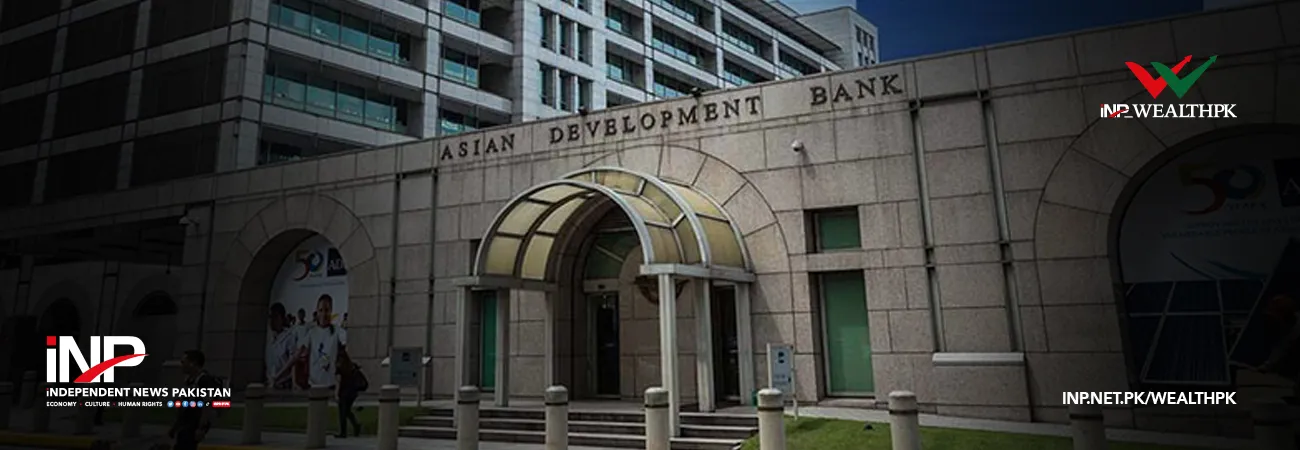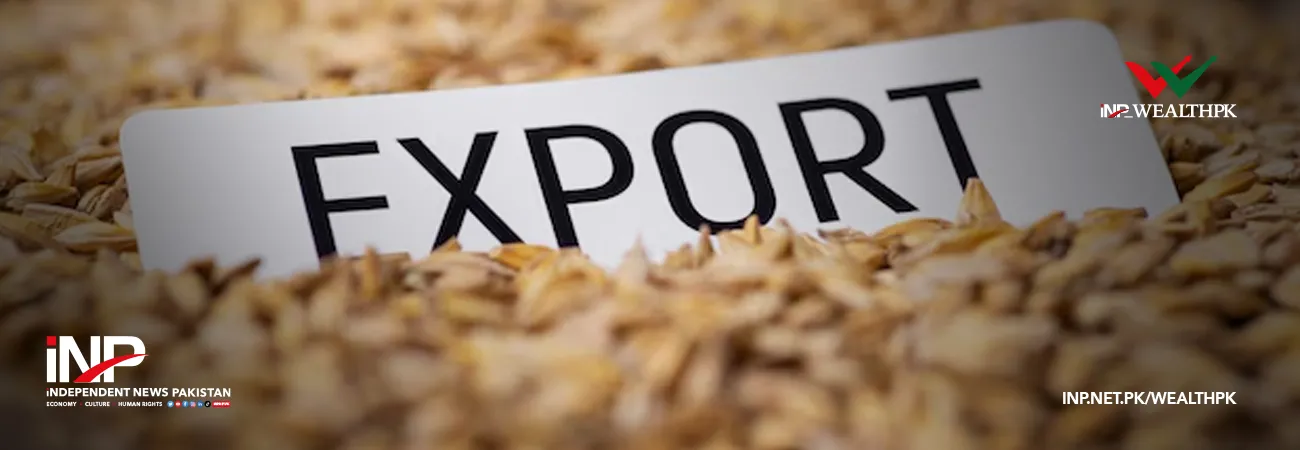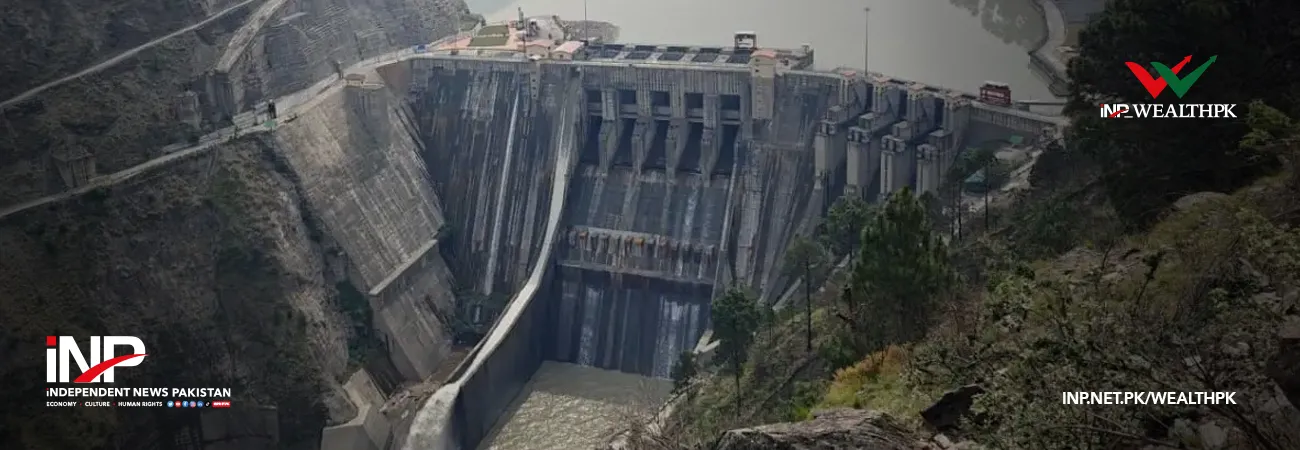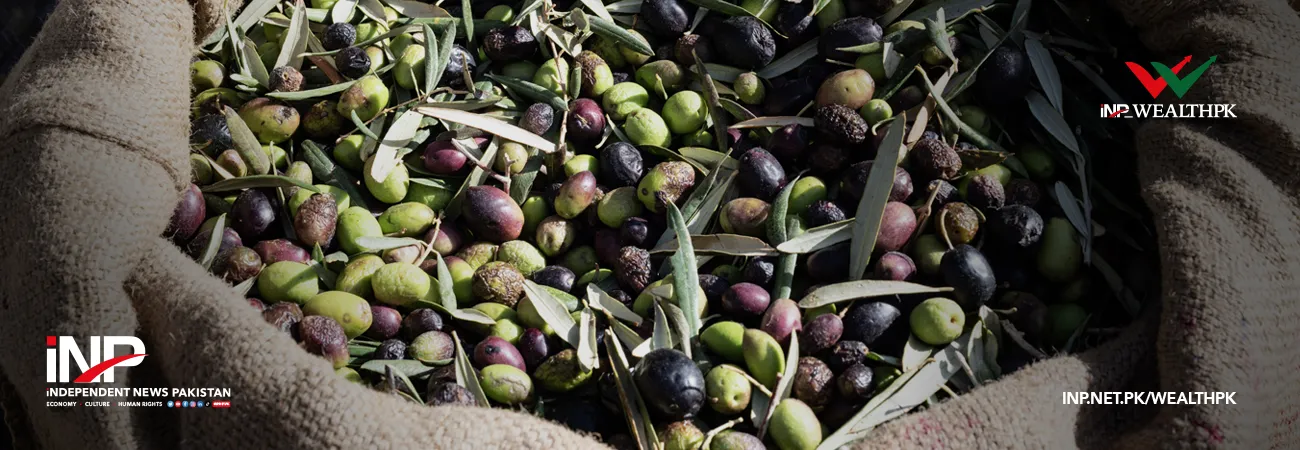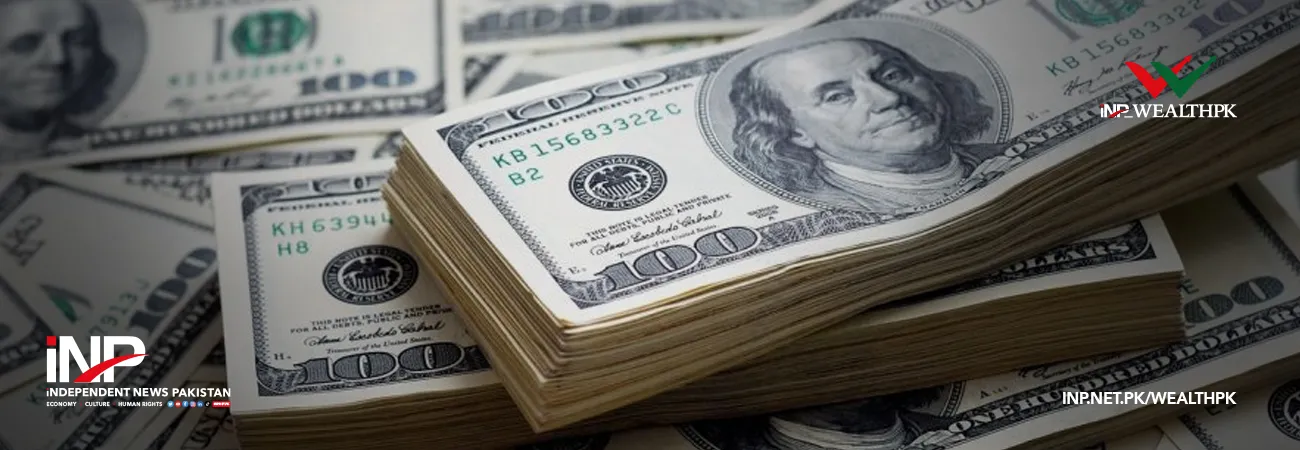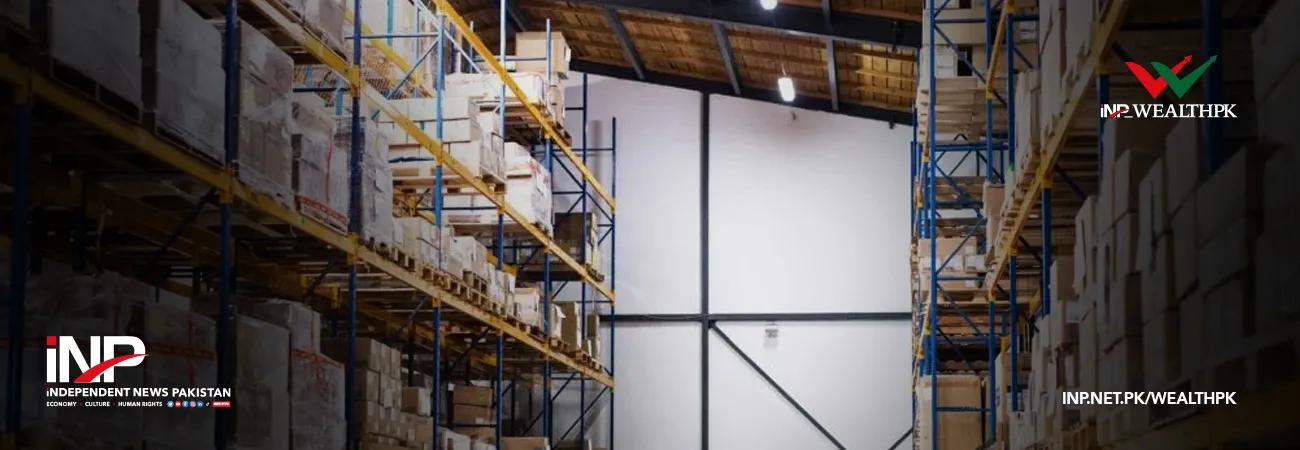INP-WealthPk
By Faiza Tehseen
ISLAMABAD, May 16 (INP-WealthPK): Pakistan has enough deposits of silver to meet the needs of different industries.
The Global nanosilver market is estimated at $907 million in 2022 and is expected to grow to $1.75 billion by 2028 at a compound annual growth rate of 11.6%.
Talking to WealthPK, Yasir Shaheen, an assistant director at the Geological Survey of Pakistan (GSP), said that Pakistan was generously blessed with silver deposits, which were primarily associated with gold since they exist in the same based ore substance, and are mined through both underground and open-pit methods. “Where-ever silver is naturally found in Pakistan, its maximum ratio is 300ppm (parts per million).”
He said that traces of silver in good viability were also aligned with lead, zinc, gold, copper, etc. Over 85% of silver can also be extracted from high/low-temperature minerals like argentite/acanthite associated with invasive igneous rocks. While blister copper, a resultant of smelting/conversion of concentrated copper sulphide, contains 97% to 99% silver, he informed WealthPK.
According to Yasir Shaheen, Dusht-i-Ken, Saindak and Reko Diq silver deposits in Balochistan are aligned with gold and copper. “Silver traces are also found with lead/zinc deposits in Doodar area. In Khuzdar Sarmai and Gunga areas of the province, lead/zinc deposits are aligned with silver. In the northern areas of Pakistan like Gilgit, Hunza and Chitral, both patches and deposits of silver are found. Silver is also found in the mines of Chiniot in Punjab,” he explained.
It is worth noting here that people panning gold at placer deposits found at different places in Pakistan also pan silver. The value of silver in different industries places it as a frequently demanding mineral.
 Silver is used in X-Rays, radiographic photography; as a conductive paste for solar panels; as a safe anti-bacterial; as a water purifier; used to treat ulcers, heal the burn victims, skin treatment creams, etc. Silver is also used to manufacture alarm clocks, cell phones, computers, wall switches, plumbing tools, mirror polishing, microwave ovens, dishwashers, polyester clothing, solar panels, electronic equipment, soldering, brazing, cars, tableware, engine bearings, as a vital component in LED chips, wood preservative polishing, etc.
The largest industrial use of silver is in the photovoltaic sector, but it is expected that in the coming years, the automotive industry will be the second-largest consumer of silver.
In placer deposits/veins, silver is not freely found as nuggets. Commonly, it is combined with antimony, chlorine, arsenic, sulphur, etc. It is also associated with other ores like argentite, chlorargyrite or horn silver, etc. Silver is highly resistant to corrosion and does not oxidise easily. That’s why it is used as the best natural alloy. It also acts as the highest conductor of all metals and is used in alloyed form for electrical contacts.
Javed Anwar, former general manager of Pakistan Mineral Development Corporation, told WealthPK that silver was mostly the by-product of other deposits not extracted from direct deposits. “Silver is derived as a by-product from ores like copper, cobalt arsenide and lead ores, etc, and is mostly associated with gold. In the same way, quartz is considered as the widespread host rock concerning silver traces. Silver is found as a crystalline structure having transparent or white appearance. Grey streaks found in bright white quartz are also considered as the vibrant ciphers of good silver ore.”
Silver is used in X-Rays, radiographic photography; as a conductive paste for solar panels; as a safe anti-bacterial; as a water purifier; used to treat ulcers, heal the burn victims, skin treatment creams, etc. Silver is also used to manufacture alarm clocks, cell phones, computers, wall switches, plumbing tools, mirror polishing, microwave ovens, dishwashers, polyester clothing, solar panels, electronic equipment, soldering, brazing, cars, tableware, engine bearings, as a vital component in LED chips, wood preservative polishing, etc.
The largest industrial use of silver is in the photovoltaic sector, but it is expected that in the coming years, the automotive industry will be the second-largest consumer of silver.
In placer deposits/veins, silver is not freely found as nuggets. Commonly, it is combined with antimony, chlorine, arsenic, sulphur, etc. It is also associated with other ores like argentite, chlorargyrite or horn silver, etc. Silver is highly resistant to corrosion and does not oxidise easily. That’s why it is used as the best natural alloy. It also acts as the highest conductor of all metals and is used in alloyed form for electrical contacts.
Javed Anwar, former general manager of Pakistan Mineral Development Corporation, told WealthPK that silver was mostly the by-product of other deposits not extracted from direct deposits. “Silver is derived as a by-product from ores like copper, cobalt arsenide and lead ores, etc, and is mostly associated with gold. In the same way, quartz is considered as the widespread host rock concerning silver traces. Silver is found as a crystalline structure having transparent or white appearance. Grey streaks found in bright white quartz are also considered as the vibrant ciphers of good silver ore.”





